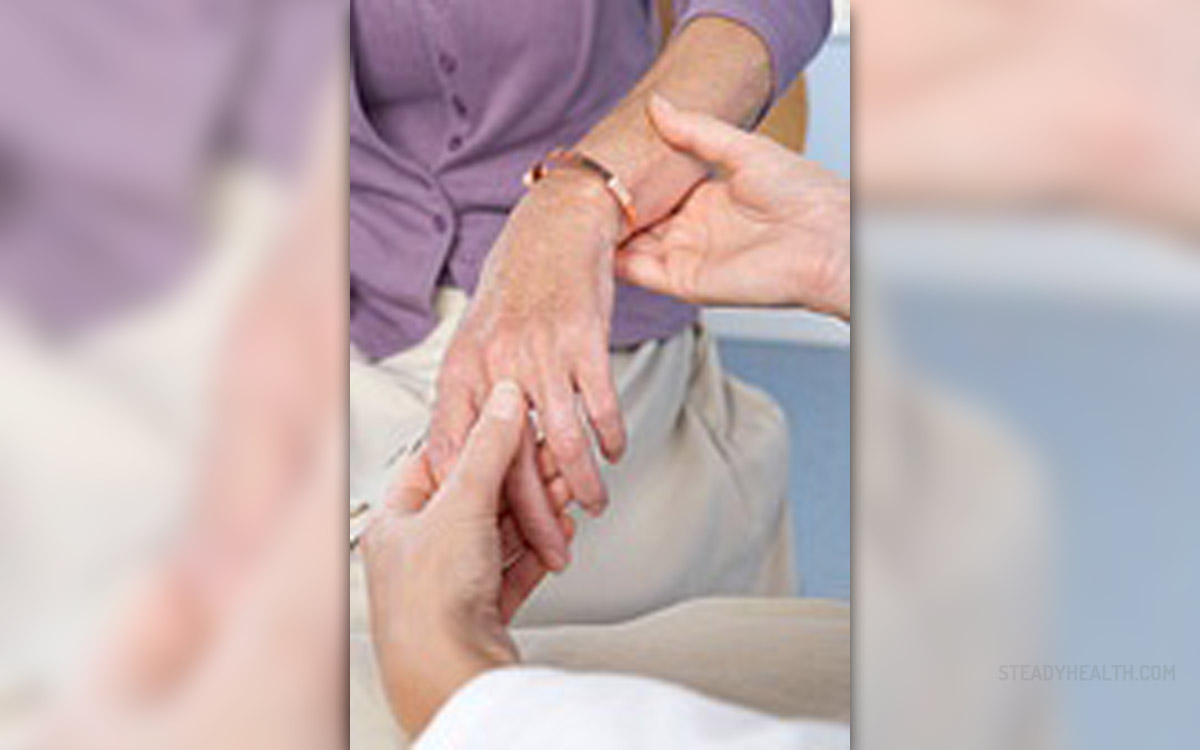
Rheumatoid Arthritis Types
Group of rheumatic diseases includes more than 100 diseases. Osteoarthritis and rheumatoid arthritis represent the most frequent rheumatic diseases.
Rheumatoid arthritis belongs to a group of autoimmune diseases. There are several classifications of rheumatoid arthritis. It can be divided into rheumatoid arthritis in adults and rheumatoid arthritis in children. Furthermore, it can be classified according to the joint that is affected by inflammatory process. No matter what the type is this disease affects joints and leads to inflammation, swelling and pain. Later stages of the disease feature with deformity and serious disability of the affected joints.
Symptoms of Rheumatoid Arthritis in Adults
The symptoms of this disease may occur suddenly or they develop over certain period of time. The leading symptom is stiffness of the affected joint. The stiffness of joints is most intensive in the morning. The joints are red and swollen and tender to touch. Patients may complain about loss of appetite, fatigue and increased body temperature. In rheumatoid arthritis joints are affected symmetrically. After certain period of time more joints become affected by the process of inflammation. Some people, additionally suffer from nodules which occur under the skin of the affected joints.
Treatment for rheumatoid arthritis in adults consists of numerous medications. It usually starts with less aggressive medications such as nonsteroidal anti-inflammatory drugs. If they cannot calm the inflammation patients are given corticosteroids or other drugs such as disease modifying anti-rheumatic drugs (methotrexate), immunosupressants, TNF-alpha inhibitors and other medications. Physical therapy may help as well.
Symptoms of Rheumatoid Arthritis in Children
This type of rheumatoid arthritis is also known as juvenile rheumatoid arthritis. It affects children of 16 years of age or less. To be classified as juvenile arthritis, symptoms of the disease need to last at least 6 weeks. They include red and swollen joints. The affected joints are warm and stiff, particularly in the morning. The movements in the joints are restricted. If knees or ankles are affected the child may limp in the morning. Fever and rash may occur from time to time and withdraw spontaneously. Children do not complain about pain in joints. This type of rheumatoid arthritis basically affects larger joints and it may cause abnormalities related to bone growth.
Juvenile rheumatoid arthritis requires prompt therapy. It consists of anti-inflammatory medications, physical therapy and exercises. Medications administered in juvenile rheumatoid arthritis are basically the same as those for adults. Physical therapy is a form of prevention against contractures and it also improves the movements of the affected joints.


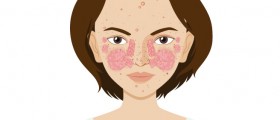

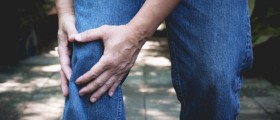

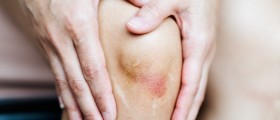
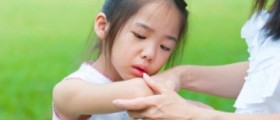




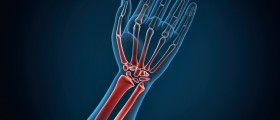




Your thoughts on this
Loading...